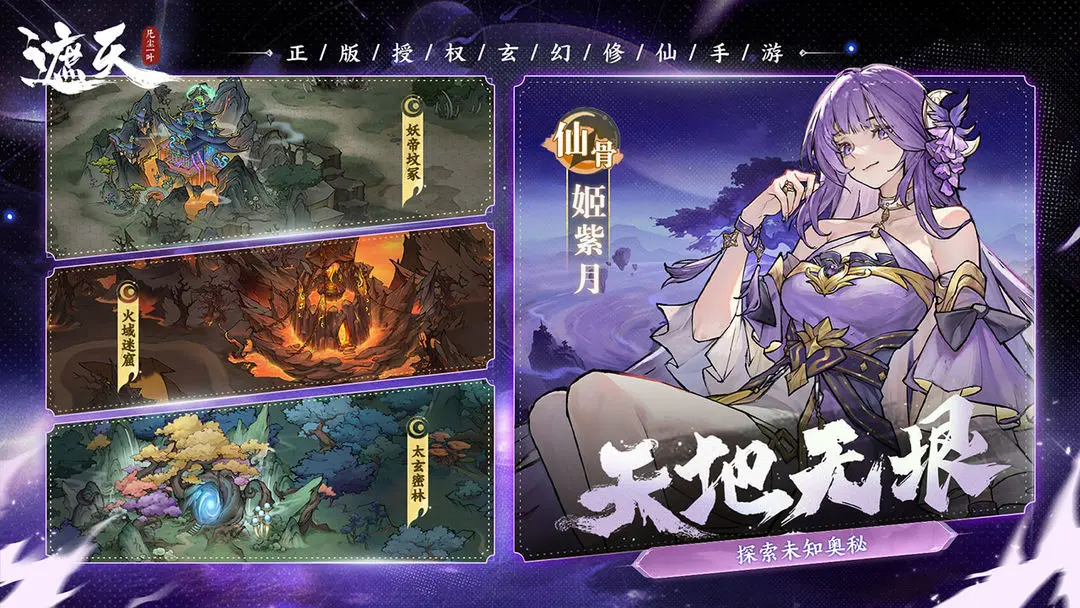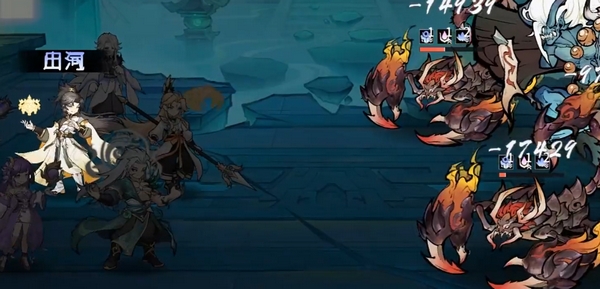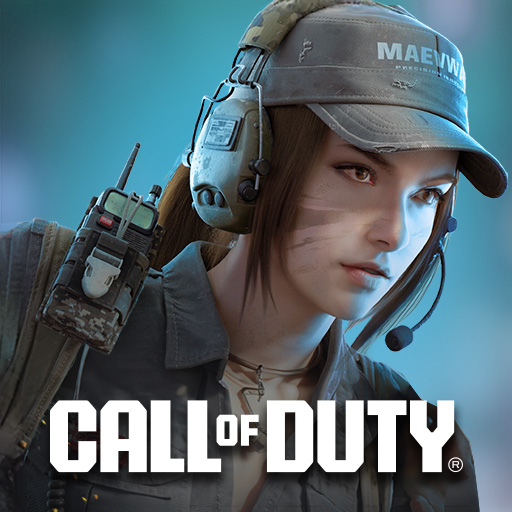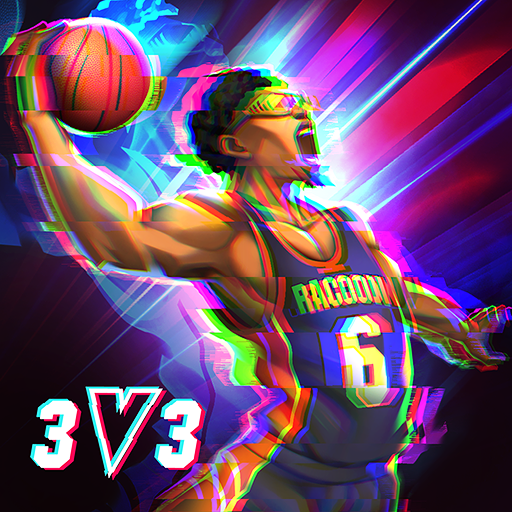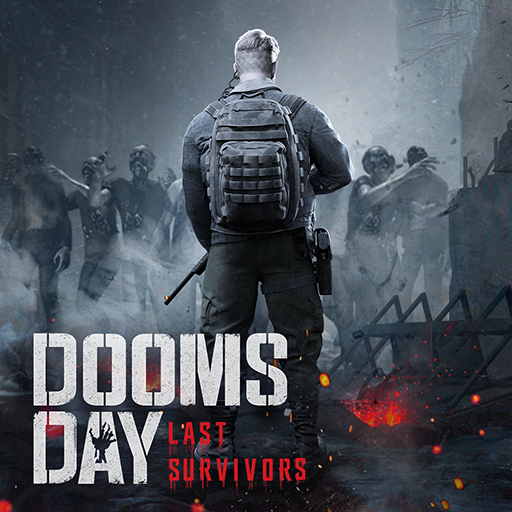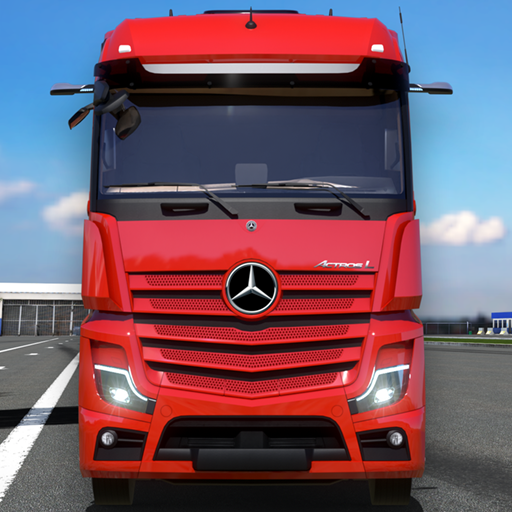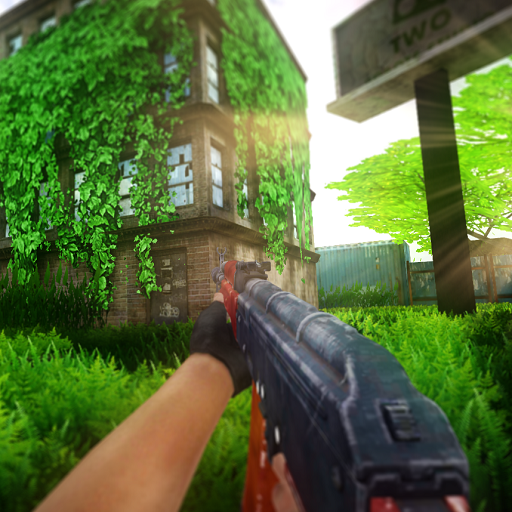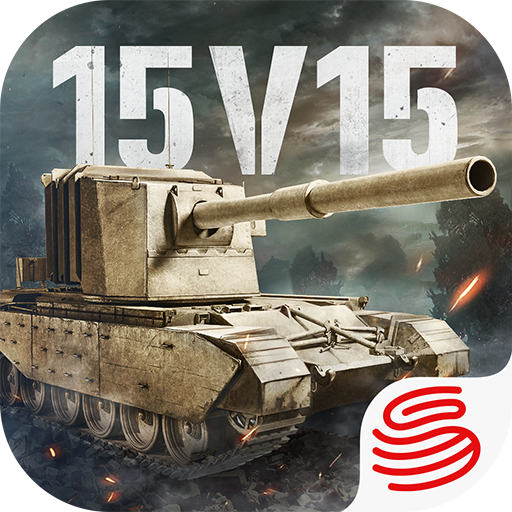"Valorant: Energy Action" is a 5V5 tactical shooting mobile game jointly developed by Riot and Photon, whose core gameplay fully inherits the competitive essence of the PC game "Valorant." Some players may not be very familiar with the PC version, let alone the rules of the Valorant mobile game. So in this issue, we will bring you an explanation of the mechanics and gameplay of Valorant: Energy Action, detailing how to play this game.
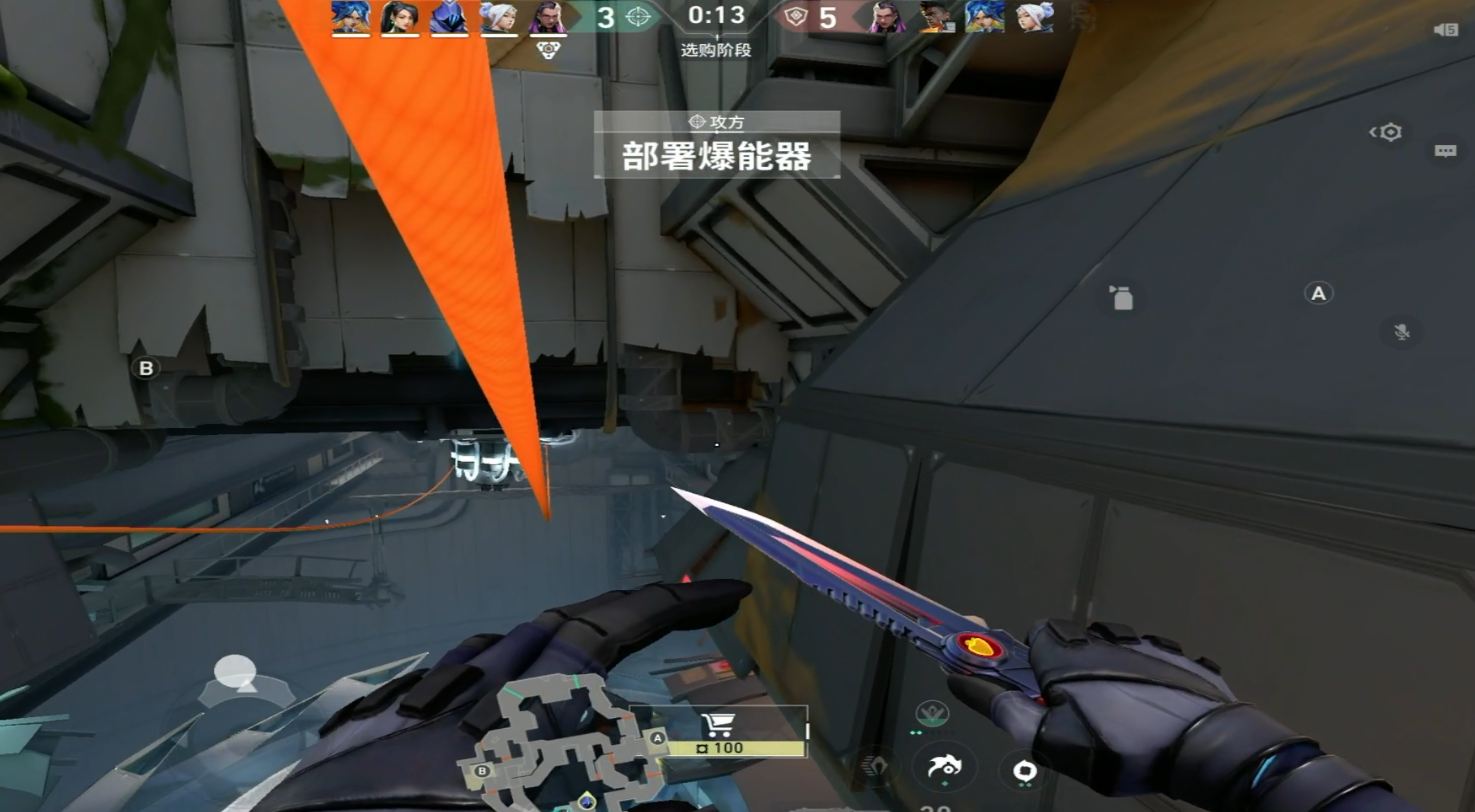
Basic Rules:
Each side of the competition consists of five people, automatically divided into attackers and defenders. The attackers need to place the "Energy Core" (similar to the bomb/C4 in first-person shooter games) at designated points on the map and successfully detonate it, while the defenders are responsible for preventing its installation or defusing it if it has been installed. A round ends when all members of one team are eliminated. The team that first reaches thirteen points wins the match. If both teams reach a 12-12 tie, the game goes into overtime, with victory going to the team that either detonates the Energy Core in the thirteenth round or has more surviving members.
Main Modes:
The main mode is Classic Bomb Defusal, which also includes Matchmaking, Ranked, and Casual modes (such as Weapon Escalation, Deathmatch, Spike Rush, and Replication). These modes reduce skill dependency or randomly distribute weapons, emphasizing the diversity of gunplay and control. Players find fun in different paces and gameplay focuses.
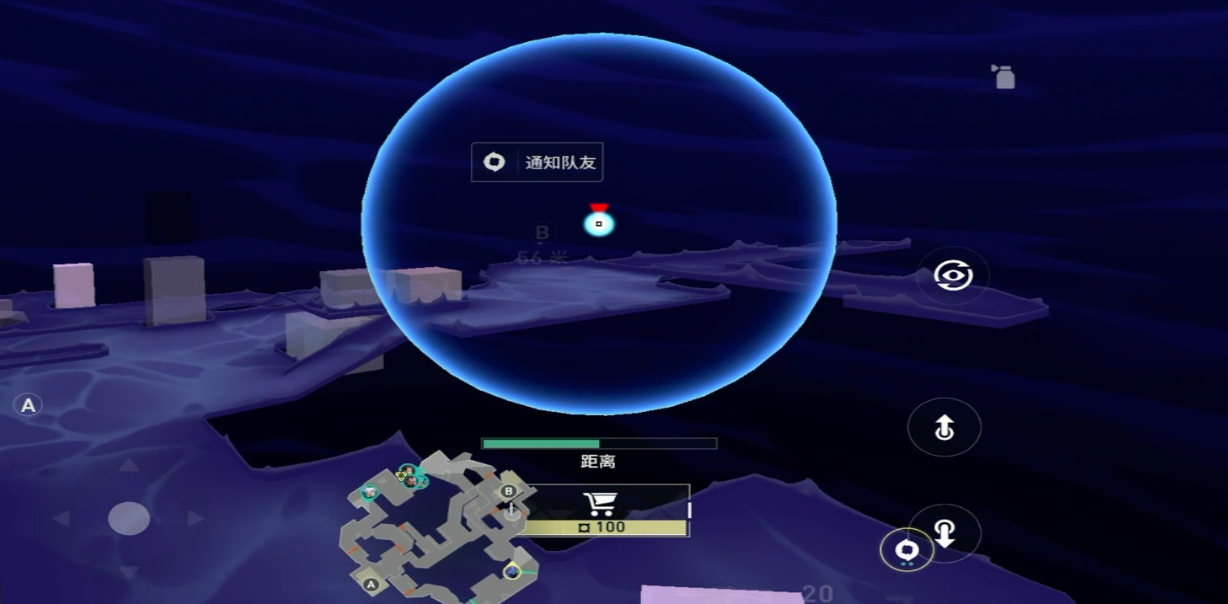
Agents System:
This is a major feature of the game, with agents categorized into four tactical roles: Sentinel, Controller, Duelist, and Initiator. For beginners, playing as a Sentinel is recommended, such as "Sage" or "Chamber" (who can heal teammates, set up area barriers, and even revive fallen allies). Sage has healing and ice wall blocking abilities, and her ultimate can even revive downed teammates; among the Initiators, "Sova" excels at setting traps and scouting enemy positions; among the Duelists, "Raze" is suitable for aggressive playstyles; and Controllers, like "Omen," specialize in controlling vision and restricting enemy movement.
Map Introduction:
To excel at this game, understanding the maps and controlling key points is crucial. For example, in "Bind," the map features teleporters that can be used for quick support and disrupting enemy rhythm; in "Haven," the central high ground offers a wide view, making it especially suitable for snipers to control the high ground and limit opponents' advances. Attackers need to be familiar with flanking routes and strategies for planting the spike, while defenders should make good use of boxes, corners, and other cover to control angles and suppress enemies.
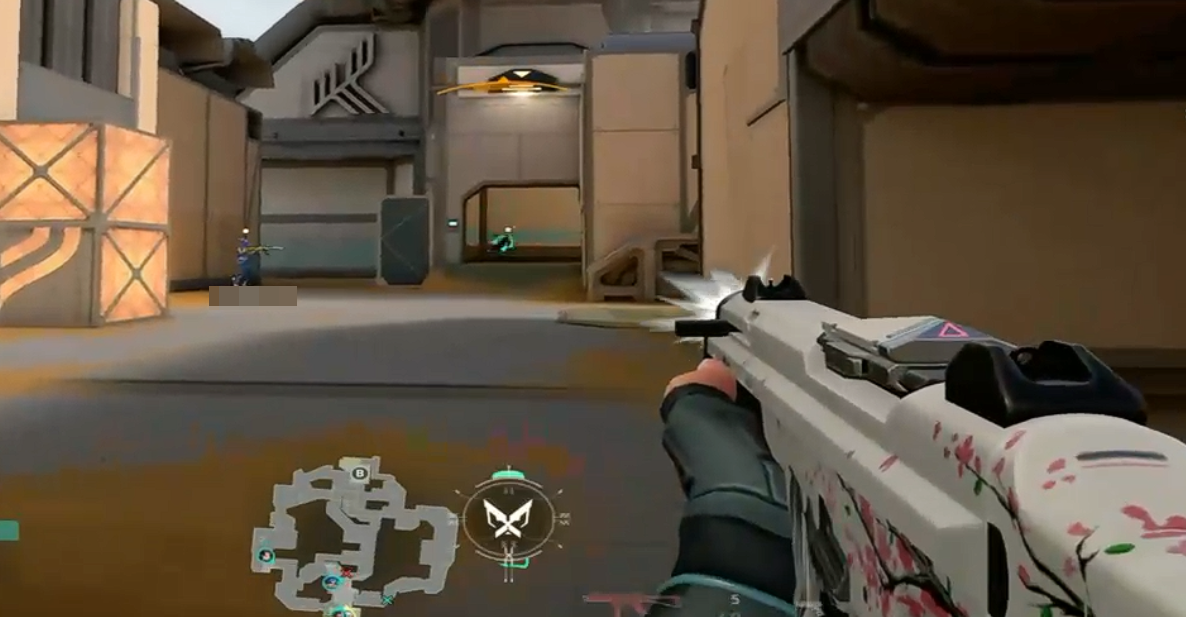
Shooting Techniques:
The mobile game emphasizes the accuracy of standing still and shooting over moving and shooting. During firefights, it's recommended to stop abruptly before shooting to avoid bullet deviation, aiming for headshots for instant kills. Different weapons have their own rhythms; the Phantom rifle is suitable for mid-to-close-range tapping, while the Vandal is better for mid-to-long-range precise tapping. It's suggested that beginners practice repeatedly in the training range to get familiar with weapon handling and bullet control.
Economy System:
The game inherits the economy system from traditional FPS games, which determines tactical choices and equipment strategies. Each match starts with 800 credits, and killing an opponent earns 200 credits. Winning a round grants 3000 credits, while the losing team receives a consolation of 1900 credits for the first loss, increasing to a maximum of 2900 for consecutive losses. Surviving until the end of a round provides an additional 1000 survival bonus. When the economy is strong, players can buy light armor, utility skills, and even rifles or sniper weapons; in low-economy rounds, prioritizing survival and preserving equipment, or taking a chance with a semi-automatic pistol, might be wise. In team battles, the team's economic status often determines the composition of roles and weapon configurations for the next round.
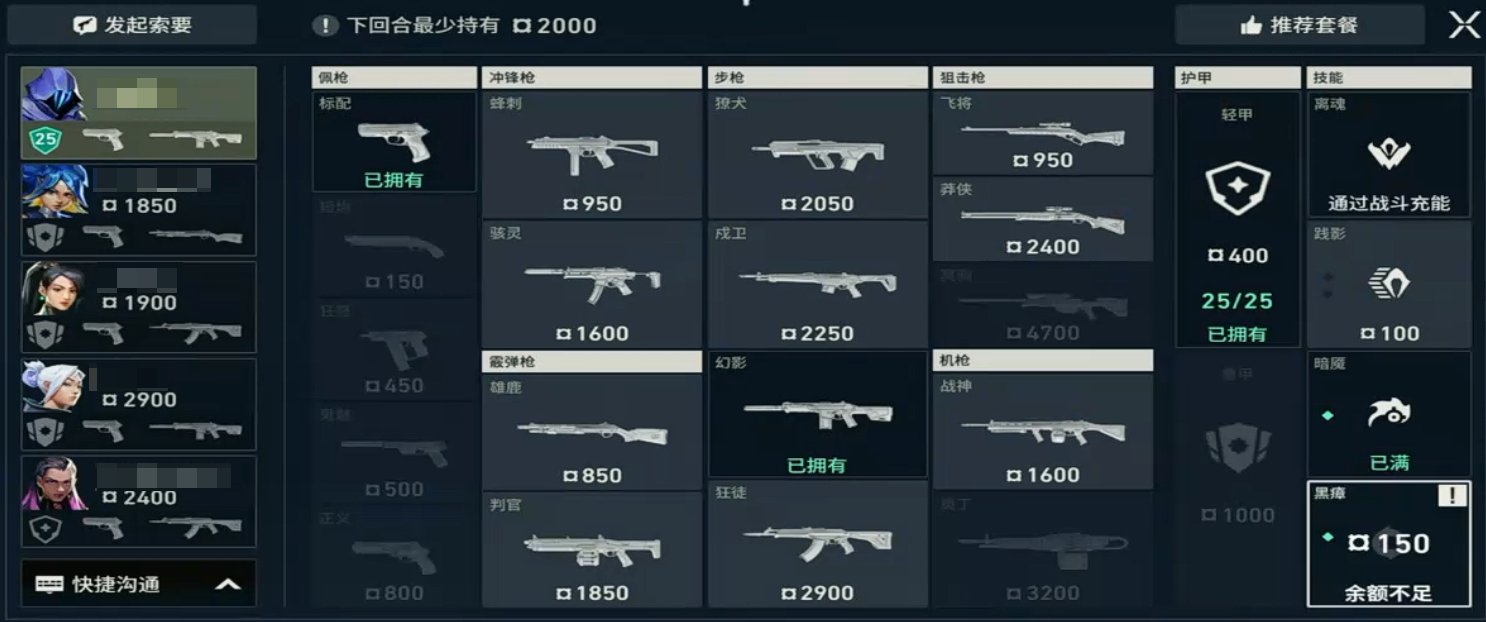
Team Communication
Is key to winning. Players need to accurately report enemy positions, numbers, and weapon types. The mobile game includes built-in voice communication and quick signal systems for real-time interaction. In late-game situations, the recommended process is "reporting—covering—finishing off," which enhances teamwork and can lead to a comeback. Collaboration, pacing, and signal sharing between team members determine the ability to secure critical rounds.
Mobile Settings:
To better adapt to the habits of mobile players, the game also provides many convenient features in settings optimization. Players can adjust graphics parameters, aim sensitivity, and control methods according to their preferences. For example, enabling "Fixed Speed" helps build muscle memory, and turning on "Auto-Walk While Firing" improves shooting accuracy. Setting the enemy color to yellow or another high-contrast color aids in quickly identifying targets in chaotic battles. Customizable skill release layouts and shooting button positions can be adjusted to fit different hand sizes and screen dimensions.

This concludes the introduction to the rules and gameplay of the Valorant mobile game. While maintaining the tactical depth of the PC version, it integrates optimizations and training systems for mobile operations. The core rules, agent mechanisms, map rhythms, shooting techniques, and economic strategies complement each other, providing enjoyment for both veteran PC players and mobile competitive enthusiasts.
